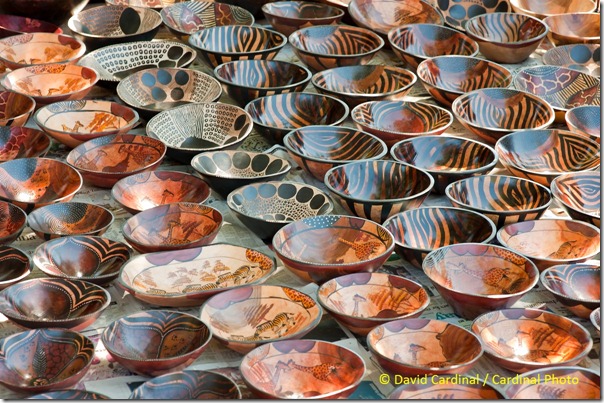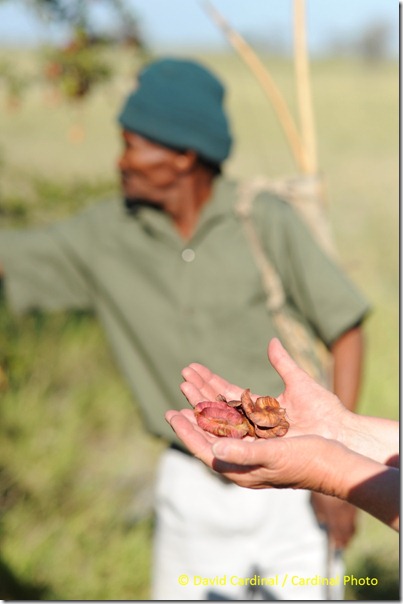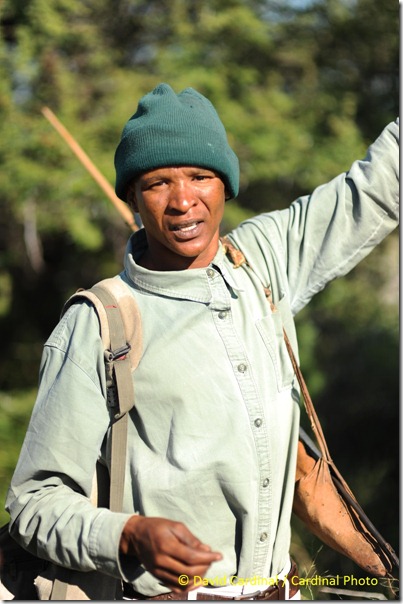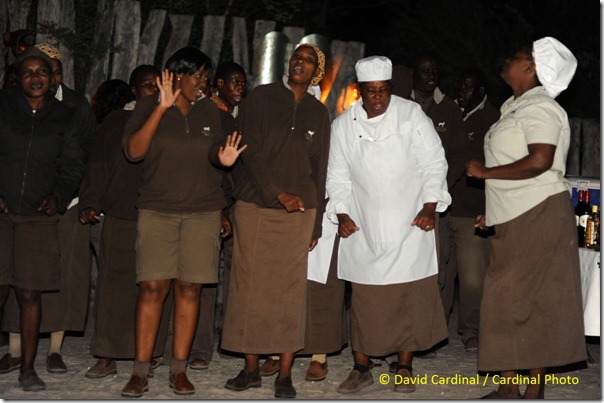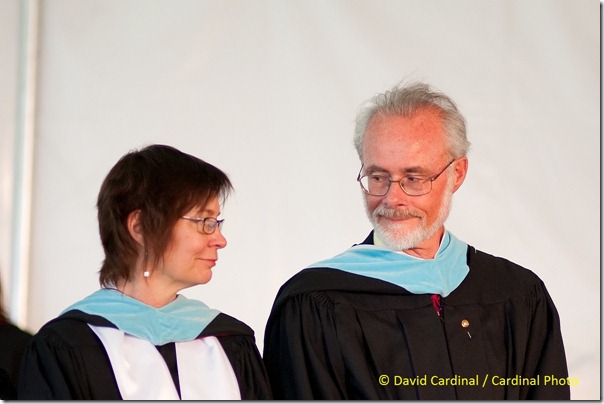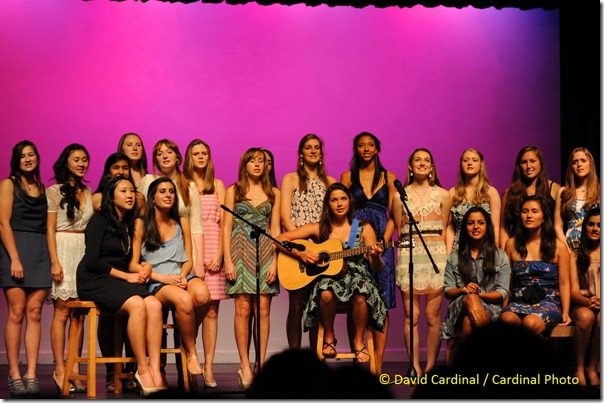- Photo Safaris
- Alaska Bears & Puffins World's best Alaskan Coastal Brown Bear photo experience. Small group size, idyllic location, deluxe lodging, and Puffins!
- Participant Guestbook & Testimonials Candid Feedback from our participants over the years from our photo safaris, tours and workshops. We don't think there is any better way to evaluate a possible trip or workshop than to find out what others thought.
- Custom Photo Tours, Safaris and Personal Instruction Over the years we've found that many of our clients & friends want to participate in one of our trips but the dates we've scheduled just don't work for them or they'd like a customized trip for their family or friends.
- Myanmar (Burma) Photo Tour Myanmar (Burma) Photo Tour December 2017 -- with Angkor Wat option
- Reviews Go hands-on
- Camera Reviews Hands-on with our favorite cameras
- Lens reviews Lenses tested
- Photo Accessories Reviews Reviews of useful Photo and Camera Accessories of interest to our readers
- Useful Tools & Gadgets Handy tools and gadgets we've found useful or essential in our work and want to share with you.
- What's In My Camera Bag The gear David Cardinal shoots with in the field and recommends, including bags and tools, and why
- Articles About photography
- Getting Started Some photography basics
- Travel photography lesson 1: Learning your camera Top skills you should learn before heading off on a trip
- Choosing a Colorspace Picking the right colorspace is essential for a proper workflow. We walk you through your options.
- Understanding Dynamic Range Understanding Dynamic Range
- Landscape Photography Tips from Yosemite Landscape Photography, It's All About Contrast
- Introduction to Shooting Raw Introduction to Raw Files and Raw Conversion by Dave Ryan
- Using Curves by Mike Russell Using Curves
- Copyright Registration Made Easy Copyright Registration Made Easy
- Guide to Image Resizing A Photographers' Guide to Image Resizing
- CCD Cleaning by Moose Peterson CCD Cleaning by Moose Peterson
- Profiling Your Printer Profiling Your Printer
- White Balance by Moose Peterson White Balance -- Are You RGB Savvy by Moose Peterson
- Photo Tips and Techniques Quick tips and pro tricks and techniques to rapidly improve your photography
- News Photo industry and related news and reviews from around the Internet, including from dpreview and CNET
- Getting Started Some photography basics
- Resources On the web
- My Camera Bag--What I Shoot With and Why The photo gear, travel equipment, clothing, bags and accessories that I shoot with and use and why.
- Datacolor Experts Blog Color gurus, including our own David Cardinal
- Amazon Affiliate Purchases made through this link help support our site and cost you absolutely nothing. Give it a try!
- Forums User to user
- Think Tank Photo Bags Intelligently designed photo bags that I love & rely on!
- Rent Lenses & Cameras Borrowlenses does a great job of providing timely services at a great price.
- Travel Insurance With the high cost of trips and possibility of medical issues abroad trip insurance is a must for peace of mind for overseas trips in particular.
- Moose Peterson's Site There isn't much that Moose doesn't know about nature and wildlife photography. You can't learn from anyone better.
- Journeys Unforgettable Africa Journeys Unforgettable -- Awesome African safari organizers. Let them know we sent you!
- Agoda International discounted hotel booking through Agoda
- Cardinal Photo Products on Zazzle A fun selection of great gift products made from a few of our favorite images.
- David Tobie's Gallery Innovative & creative art from the guy who knows more about color than nearly anyone else
- Galleries Our favorite images
Sigma 85mm f/1.4 HSM Lens: Wicked Fast and Not Just for Portraits
Sigma 85mm f/1.4 HSM Lens: Wicked Fast and Not Just for Portraits
Submitted by David Cardinal on Thu, 06/23/2011 - 13:58
 Ultra-wide-aperture lenses (roughly those capable of going to f/2 or wider) have always been favorites of portrait photographers because of their immense isolating power. The wider the aperture (indicated non-intuitively by a smaller “f-number”) the more shallow the depth of field and therefore the more out of focus the background. In the past I haven’t been too inspired by my 50mm f/1.4 so it usually sits at home. But when Sigma told me about their new 85mm f/1.4 the extra reach of the 85mm appealed to me both for its isolating ability and low light possibilities. I wasn’t disappointed. Read on to see how it performed and how it compares to the competition…
Ultra-wide-aperture lenses (roughly those capable of going to f/2 or wider) have always been favorites of portrait photographers because of their immense isolating power. The wider the aperture (indicated non-intuitively by a smaller “f-number”) the more shallow the depth of field and therefore the more out of focus the background. In the past I haven’t been too inspired by my 50mm f/1.4 so it usually sits at home. But when Sigma told me about their new 85mm f/1.4 the extra reach of the 85mm appealed to me both for its isolating ability and low light possibilities. I wasn’t disappointed. Read on to see how it performed and how it compares to the competition…
First Looks
This lens is certainly not tiny. As large as many entry level zoom lenses the light gathering needs of an f/1.4 full frame lens are substantial. But the Sigma 85mm f/1.4 HSM is very solidly built and mounted easily. Being an f/1.4 lens it gives the camera a lot of help focusing quickly. That combined with the internal focusing motor (HSM) make the lens extremely quick to focus. The lens itself is a little over 3” in each dimension, weighs in at just over 1.5 pounds and can focus down to just under 3’. It takes 77mm screw in filters. Like almost all pro lenses in this focal range it is not image stabilized.
Image Quality & Comparison to Nikon & Canon
After my first images with the Sigma 85mm f/1.4 HSM Lens I was blown away. It was noticeably more sharp and more consistent than any of the many pro zooms I’ve been using and reviewing recently. At first I didn’t trust my eyes so I headed over to dxomark.com, the leading source of detailed technical test data on cameras and lenses. Sure enough they rated the Sigma near the top of the heap for any of the lenses they had tested. They haven’t tested the new (and currently unavailable) Nikon 85mm f/1.4G Lens, but even when you can get one it’ll be $1699, nearly twice the price of the Sigma 85mm f/1.4 HSM which sells for $969. (Note that the current Nikon 85mm f/1.4D lens is a 1995 design and while an excellent lens it is also more expensive at $1229 and is not the newly redesigned “G” version). Canon users do have an excellent although expensive alternative in the Canon 85mm f/1.2L II USM Lens for a pricey $2099. However even at that price it still doesn’t out perform the Sigma according to the DxOMark tests.
With the advent of full frame cameras we have had to learn to live with varying amounts of light falloff from our zoom lenses. Even the very latest Canon and Nikon pro zooms have issues at some focal lengths and some apertures. Sure, Photoshop now has an invaluable tool for tweaking this after the fact but it is great to be able to use a lens like the Sigma 85mm f/1.4 which avoids the issue completely by taking sharp, clean images right in the camera.
Isolating Your Subject
Separating the subject of an image from the background is a big part of eye-popping images. Contrast, color and relative sharpness are all popular techniques for achieving that separation. A fast lens can help dramatically by limiting the depth of focus (also called depth of field or DOF) and forcing the rest of the image out of focus. In this image where we are being shown the leaves used for making medicine by a local tribesman I’ve used the Sigma set to f/1.4 to completely separate the hands and leaves from the bushman in the background.
“Bokeh”
One of the most elusive and subjective qualities of a lens is its bokeh. Loosely speaking it is how pleasing the out of focus areas appear. This is affected by the overall lens design and especially by the blade configuration in the diaphragm (which controls the size of the aperture or opening). Of course how attractive a particular shape of blurred objects appears is up to the beholder so there isn’t any formal way to test for “good” or “bad” bokeh.
To me the bokeh on the Sigma 85mm has something of a “geometric” feel which I liked. You can see an example of it in this portrait of a Kalahari tribesman (aka “bushman”) showing us how he navigated in the desert. It was shot at f/1.4 to maximize the effect and the separation of the bushman from the background.
Low Light Performance
What’s not to like about f/1.4? Since the maximum amount of light a lens can gather is f/1 (defined as all the light entering the lens), f/1.4 is only 1-stop away. (Remember that f-Stops go by square roots, so f/1.4 is half the light of f/1, f/2 is half the light of f/1.4, f/2.8 is half the light of f/2, etc.) Other than the very expensive Nikon f/1.2 “nocturnal” lens and the Canon 85mm f/1.2 f/1.4 is about as good as it gets. In practical terms it lets you use 4 times the shutter speed or 1/4 the ISO of an f/2.8 lens assuming you can live with the very small depth of field you’ll get when you set it to f/1.4.
Shots of night time events like this one of some of the locals in Botswana dancing at an evening performance would be impossible even with flash without a fast lens. This image was shot at ISO 3200 with my D700 and even with my SB-900 and my aperture set to f/1.4 I was barely able to light the scene at 1/250s and still freeze the dancers. A slower lens would have required a lot more flash or slower shutter speed.
Not only night time events call out for fast lenses. Shots like this one taken in a dark tent capturing a poignant moment in a graduation ceremony wouldn’t be possible without a lens like the Sigma 85mm f/1.4 HSM. Even at ISO 1600 with my D700 the wide open aperture helped freeze the moment. Flash would have been distracting and impractical from my seat in the audience. Note how even here the f/1.4 shallow depth of field plays a part. The woman in the foreground is slightly out of focus even though she is only about a foot in front of the man in the background, who is at the center of focus in this case. If I’d seen the moment coming focusing on the woman and stopping “down” to f/2.8 would have been a good alternative.
Performances are another great time for fast lenses. Flashes are often forbidden and certainly impolite if you are sitting in the audience, but a shutter click or two—especially if you have your shutter in Quiet mode—can often be forgiven. But photographing without flash in a dark theater takes the fastest lens you can afford.
Overall Assessment
I really like using this lens—to the extent that I often worked to create situations where the 85mm perspective would work rather than pulling out a zoom. The corner to corner sharpness and lack of vignetting coupled with the flexibility of very low light capability make it one of my new favorites. Of course when travelling it is always hard to make room for a new lens. Currently on trips where I’ll be doing a lot of ultra-wide angle work I bring my Sigma 12-24mm along with my Sigma 24-70 (or Nikon 24-120) as my “normal” lenses, but if I don’t think I’ll need an ultra-wide then the Sigma 85mm f/1.4 HSM gladly takes the place of the 12-24.
If you’ve got the budget and are looking for a cool new lens for portraits, subject isolation or low light situations the Sigma 85mm f/1.4 HSM Lens is a winner. It is a relative value compared to the Nikon and Canon versions since it is only $969 at B&H.
- Log in to post comments

